Wallet Connect ($WCT) - All you need to know
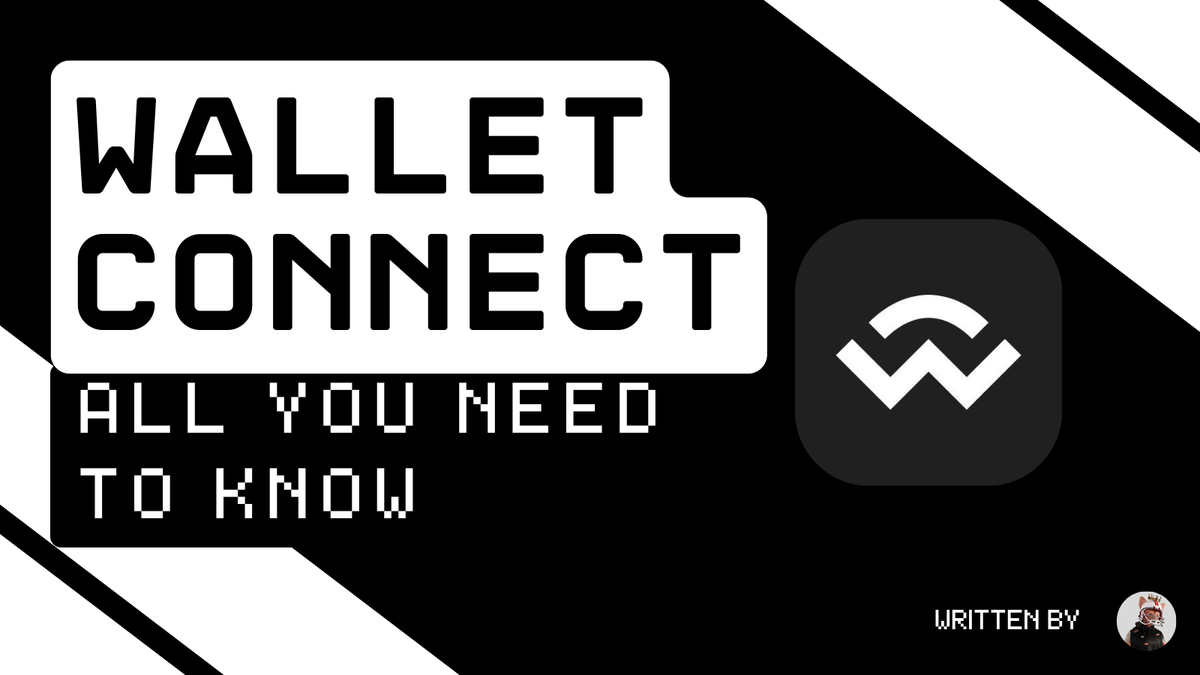
The WalletConnect Network is the onchain UX ecosystem that makes web3 work by facilitating the use of any wallet across any app and platform. The Network also installed many of web3’s UX standards which together foster today’s composable and interoperable web3 ecosystem. WalletConnect today drives much of crypto’s volume for millions of users across thousands of apps and wallets.
Keep reading to find out more about Wallet Connect and their $WCT token 👇
Wallet Connect Explained:
The inception of WalletConnect was to solve a User Experience (UX)/Developer Experience (DX) problem: dapps were written for desktop but many end-users wanted to use wallets on their mobile phones. Developers wanted a uniform way to support all users’ wallets. The WalletConnect relay was born together with the QR code that millions of users in web3 have successfully used to connect their wallets into the applications they want to use, restoring choice and composability for the industry.
Further UX/DX problems have shaped WalletConnect since then: enabling users to use their wallets in mobile apps/mobile browsers, enabling users to use multiple extension wallets, creating a simpler one-click Sign-in With Ethereum (SIWE) experience while expanding all this to all networks beyond EVM, and many more. Many facets of today’s onchain UX/DX have been paved by WalletConnect, but a plethora of UX/DX issues remain in the status quo - from the need for an end user to know what “gas” is, holding assets on multiple chains, to an abundance of security issues and painful KYC processes. The WalletConnect Network’s goal is to solve these issues to make web3 ready for the masses. All while honoring the industry’s decentralization ethos.
WalletConnect serves millions of end-users and facilitates millions of dollars of onchain volume. WalletConnect is used everywhere and by everyone on any device: from a retail user in a developing country on a feature phone to a professional institutional trader in a bank on a desktop.
Late last year, the WalletConnect Foundation was created as an organization to support the growth, security, and decentralization of the WalletConnect Network and the expansion of the WalletConnect ecosystem
History of Wallet Connet:
WalletConnect was founded in 2018 with the goal of developing a protocol that would enable seamless connections between wallets and applications across all platforms. Over the past six years, the WalletConnect protocol has established itself as a critical infrastructure in the web3 space, supporting millions of users and thousands of applications as well as facilitating much of web3’s volume. The protocol’s ability to provide secure, end-to-end encrypted connections has been fundamental in creating interoperability for every wallet, every app and every chain. Based on the protocol, a network of participants and contributors are creating the WalletConnect Network.
Key milestones include:
- The expansion to over 40,000 applications and 600+ wallets, facilitating more than 150 million connections as of 2024.
- The consistent growth in daily remote connections, evidencing widespread adoption
- The transition to a permissioned decentralized database supported by third-party node operators.
This evolution positions the WalletConnect Network at the forefront of the new internet, driving innovation in onchain user experience and digital identity
Network Participants:
The WalletConnect Network comprises various participants, each playing a critical role in maintaining the Network’s functionality and security. This section provides an overview of the key participants and their responsibilities within the Network.
The Network protocol comprises of:
- Service Nodes
- Gateway Nodes.
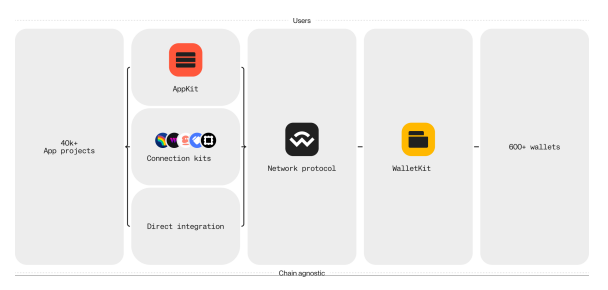
Service Node Operators:
In the Service node architecture, clients are assumed to be always offline. For
this reason, a “mailbox” persists messages such that they can fetch data when
they come back online.
Service node operators manage the Service Nodes. The operators are tasked
with maintaining the uptime and performance of these nodes, which is crucial
for the Network’s scalability and robustness.
To participate, service node operators are required to stake $WCT tokens.
Operators earn rewards through a combination of staking rewards and performancebased incentives, which are calculated based on uptime and latency metrics
Gateway Node Operators:
Gateway node operators manage the Gateway Nodes, which are responsible for facilitating encrypted communications and data routing between wallets and applications. Initially, these nodes are operated by Reown to enhance stability and performance during the Network’s early stages.
Gateway nodes are responsible for:
- Horizontal Scaling: Gateway nodes are designed to handle increasing amounts of traffic by adding more nodes to the Network.
- Velocity: The Gateway Nodes optimize the speed of connections, reducing latency and improving the overall user experience when interacting with the WalletConnect Network.
It is expected that the WalletConnect Foundation will steward further decentralization of the operation of Gateway Nodes over time. The decentralization process involves moving project identifiers and metadata onto the Network, creating a clear distinction between wallets and applications, and introducing domain verification.
$WCT Token:
The $WCT token powers the onchain UX ecosystem, acting as both a reward
and governance mechanism within the ecosystem. This section outlines the
functionality, fee structures, and rewards associated with the $WCT token.
The $WCT token has four primary functions within the WalletConnect Network:
Fees: At first the Network will not charge fees, but token holders will
have the ability to vote on fees being charged for Network services such
as relay usage and other future services.- Rewards: $WCT tokens are distributed as rewards to incentivize participation and contribute to Network security and efficiency.
- Staking: Participants can stake $WCT tokens to earn rewards and participate in governance.
- Governance: $WCT holders can vote on proposals and changes, giving the
community control over the Network’s development through decentralized
governance.
$WCT token holders will have the power to influence the Network’s direction
through governance mechanisms. They will be able to vote on proposals and
changes to the Network, allowing the community to have a say in its evolution.
This decentralized governance model is designed to foster a community-driven
ecosystem.
Currently, $WCT is trading at around $0.4 per $WCT with an ATH of $1.3
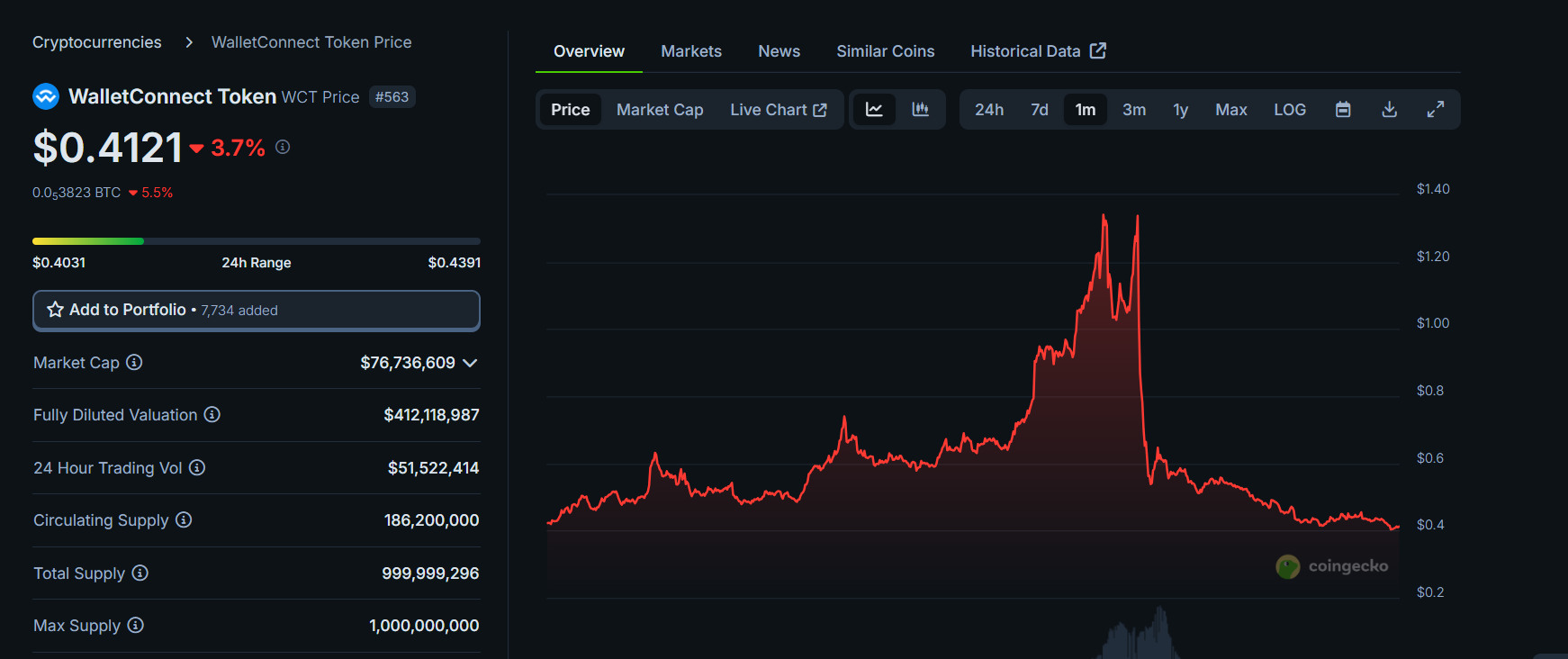
Currently $WCT is now natively multichain on Solana with Wormhole NTT
With NTT, tokens advance by cutting liquidity fragmentation while maintaining control over token ownership, metadata, & upgradeability.
Transfer $WCT to Solana now via: http://portalbridge.com
And with that upgrade, the Wallet connect team has decided to give out another round of airdrops to the Solana community.
Eligible community includes:
- Phantom users
- Solflare users
- Backpack users
- Jupiter Exchange users
- Solana Mobile users
Final Thoughts:
So far Wallet connect has outperformed alot, remember most connectivity across Decentralized Dapps are allowed due to wallet connect capabilities.
The $WCT token seems to have bottomed out and could be ready for a reversal back to ATH. We will just have to wait and see how the team pushes this.
For more projects you can look into, check this:
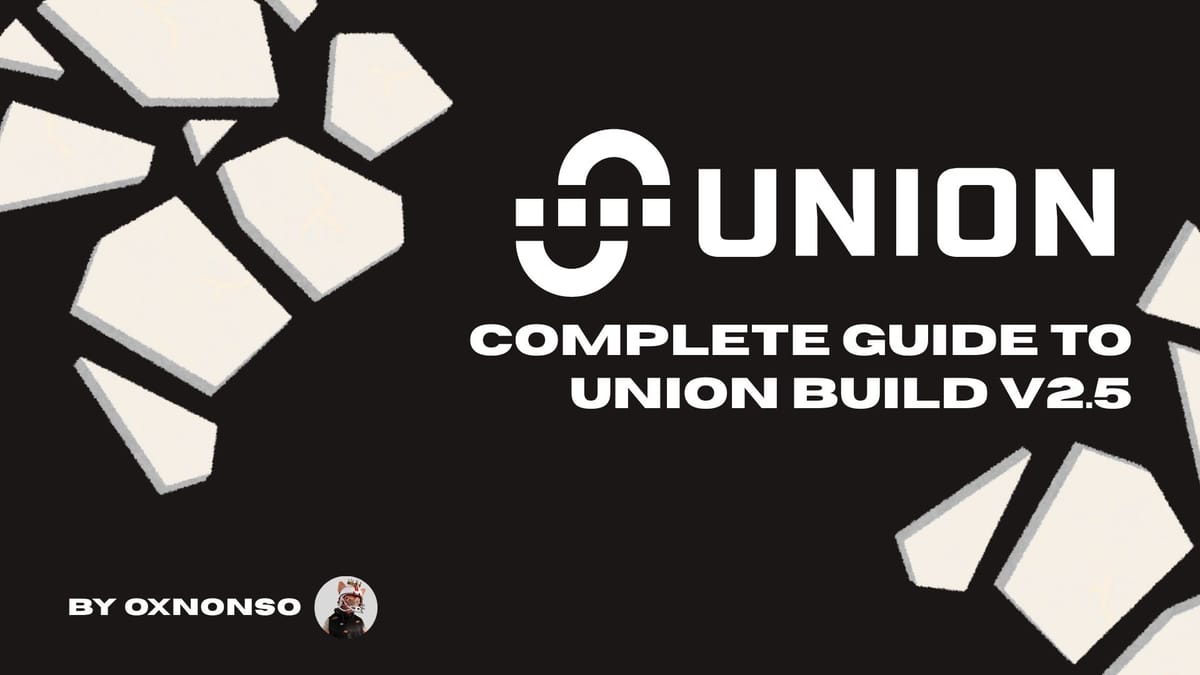

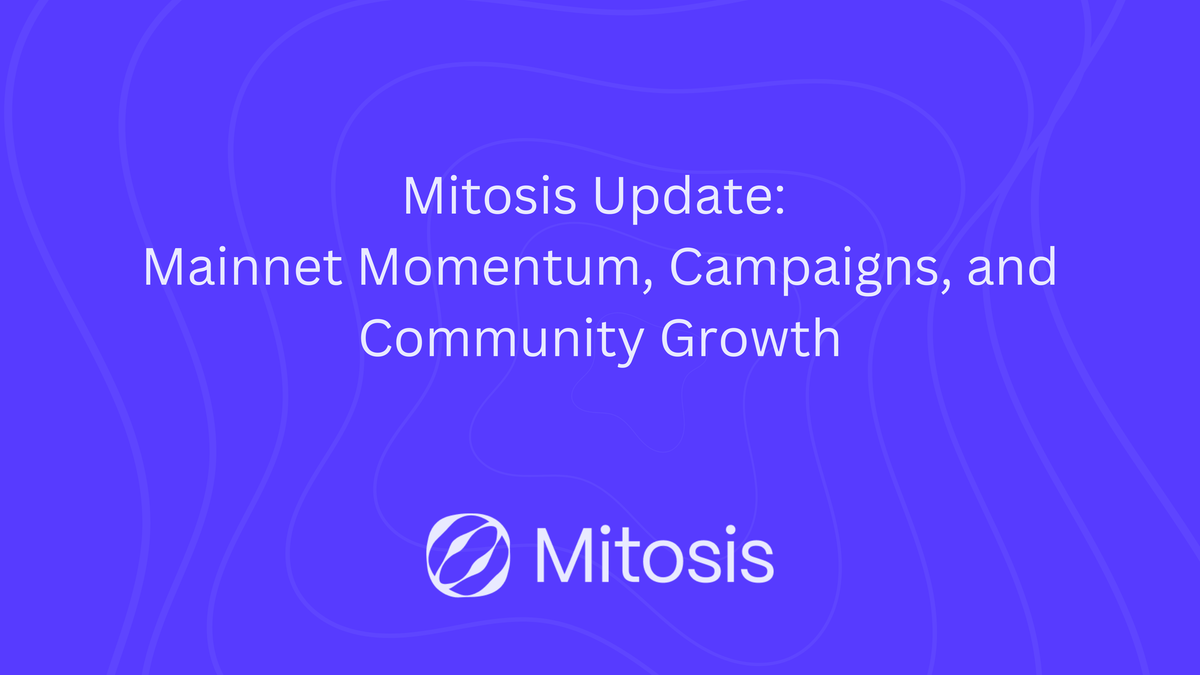
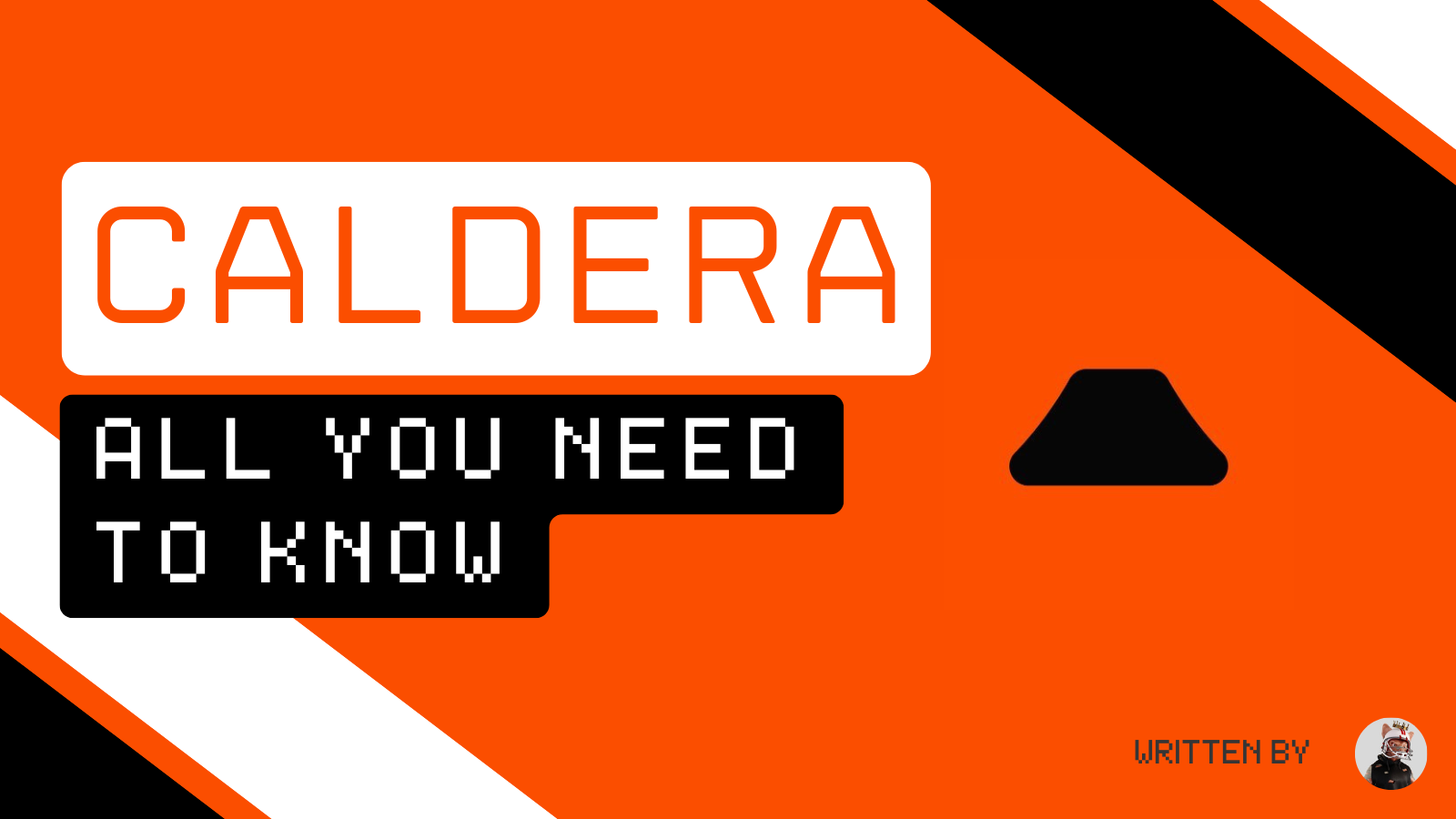




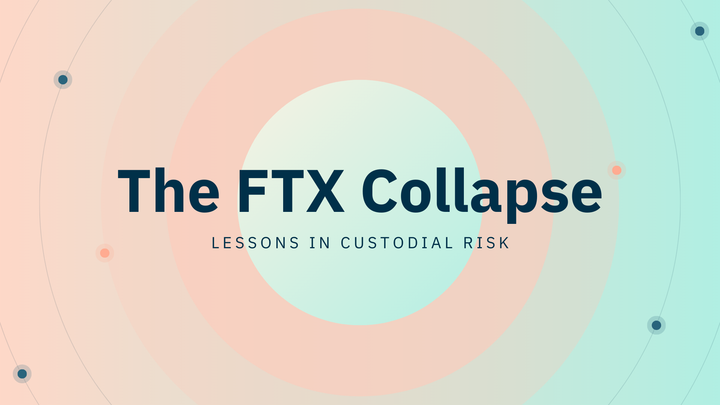

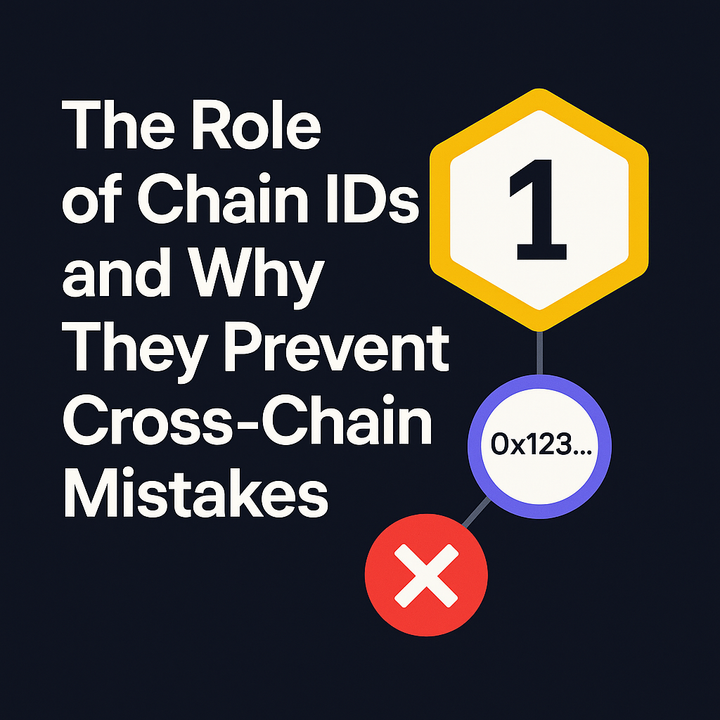
Comments ()